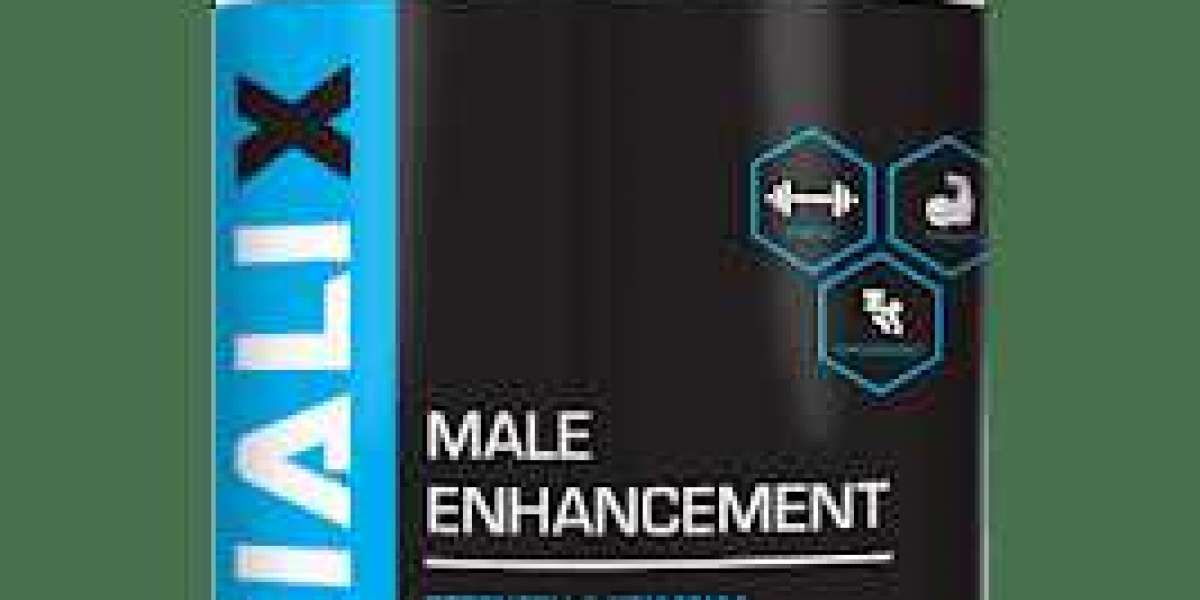Beneath the rippling surface of our oceans, lakes, and rivers lies a hidden world of structures that support our transportation, energy, and infrastructure needs. Bridges, dams, offshore platforms, pipelines, and ship hulls all require regular scrutiny to ensure their safety and longevity. This is where underwater inspection comes into play – a vital process that combines diving expertise with specialized technology.
Why Inspect Underwater Structures?
The underwater environment is a harsh mistress. Constant exposure to water, currents, marine life, and fluctuating temperatures can lead to a range of issues, including:
- Corrosion: The gradual breakdown of materials due to chemical reactions with water and oxygen.
- Biofouling: The buildup of marine organisms like algae, barnacles, and mussels, which can increase drag, obscure visibility, and promote corrosion.
- Structural Damage: Cracks, fractures, or deformation caused by impacts, overloading, or material fatigue.
- Scour: The erosion of sediment around underwater structures, potentially affecting their foundation and stability.
Unattended, these problems can quietly worsen, leading to costly repairs, environmental hazards, or even catastrophic failures. Underwater inspections provide early detection, allowing owners and operators to proactively address issues and prolong the life of their assets.
Methods of Underwater Inspection
The world of underwater inspection is diverse, with techniques ranging from basic to cutting-edge:
- Visual Inspections: The foundation of underwater inspection. Divers descend to closely examine the structure, often using lights and cameras to document their findings.
- Nondestructive Testing (NDT): These techniques allow inspectors to assess the internal condition of materials without causing damage. Methods include ultrasonic testing, magnetic particle testing, and dye penetrant testing.
- Remotely Operated Vehicles (ROVs): Small, unmanned submersibles equipped with cameras, lights, and sometimes specialized sensors. ROVs are ideal for deep-water inspections or environments hazardous to human divers.
- Acoustic Imaging: Sonar systems can map the seabed, creating images that reveal scour patterns and debris around underwater structures.
- 3D Modeling: Advanced techniques can use photogrammetry and laser scanning to create detailed 3D models of underwater structures. This allows for precise measurements and comparisons over time to track deterioration.
The Challenges of Underwater Inspection
Inspecting structures submerged in water poses a unique set of obstacles:
- Visibility: Water clarity can vary greatly, affected by sediment, algae, and pollution. Poor visibility hinders inspections and can make navigation difficult.
- Limited Bottom Time: Divers working at depth have restricted time limits due to the need for decompression when resurfacing.
- Environmental Factors: Currents, waves, and temperature fluctuations can make work difficult for divers and affect the stability of ROVs.
The Future of Underwater Inspection
Technology is rapidly reshaping underwater inspection. Developments to watch for include:
- Autonomous Underwater Vehicles (AUVs): These untethered submersibles can be programmed to conduct inspections over large areas, increasing efficiency and reducing risks to personnel.
- Artificial Intelligence: AI will play a greater role in analyzing inspection data, detecting anomalies, and predicting future deterioration.
- Resident Inspection Systems: Permanently installed sensors on critical structures could provide real-time monitoring and early warnings of problems.
Underwater inspection is a crucial field safeguarding the hidden infrastructure that underpins our modern world. As technology improves, these inspections will become faster, safer, more accurate, and better able to provide data-driven solutions for preserving the integrity of our underwater assets.







